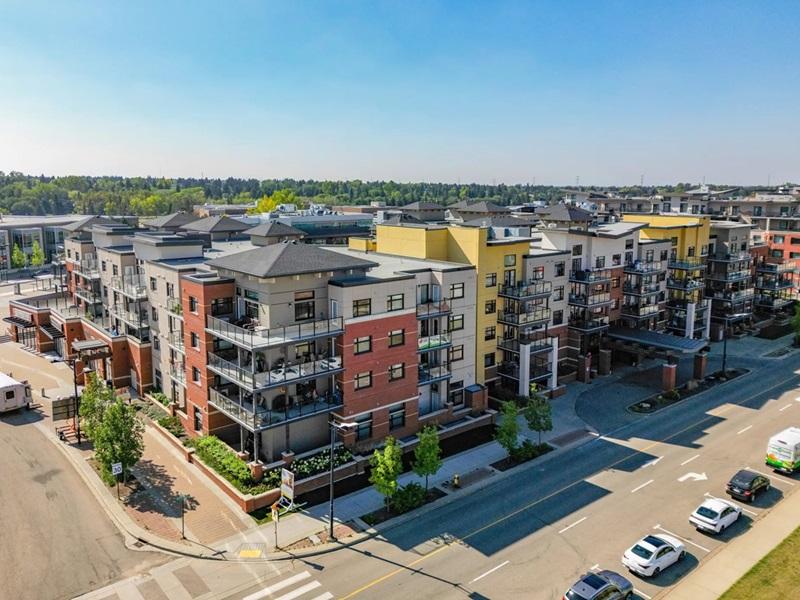
Dallas-Fort Worth (DFW) is one of the fastest-growing metropolitan areas in the United States. Millennials are moving to the region from across the U.S. - notably from California, Florida and New York, and other states - at a feverish pace, largely because of the lower cost of living combined with a booming job market.
This migration from more urban environments is also reshaping the development landscape with a growing interest and investment in placemaking. Not only are millennials moving to DFW demanding urban lifestyles, they also want unique experiences, cool food, indoor and outdoor social spaces with a strong desire to feel connected to community.
On a recent trip to Dallas, developers I spoke with were very excited by this opportunity to help shape the future image of the DFW metro area as a culturally driven urban metropolitan region. They want to move away from past development patterns of disconnected and unsustainable suburban sprawl.
Here in Canada over the past 15 years, the Greater Toronto Area (GTA) also went through its own real estate development and urbanization boom. But a key difference is that Toronto’s rapid urban development was largely driven by high-density mixed-use towers downtown and along major transit routes.
In the DFW region, mixed-use intensification is occurring around historic downtowns at this scale, but it is also happening in more gentle forms in and around the suburbs.
Introducing pocket neighbourhoods
I was particularly intrigued by discussions around “pocket neighbourhoods” as a development strategy to build walkable, 20-minute neighbourhoods that also work to fill large distances and gaps in a very car-oriented built environment.
A pocket neighborhood typically features a cluster of housing built around a shared central commercial and public space. It is similar to the concept of an urban infill development, but adapted to a suburban landscape where the space between the buildings is much more vast.
What I love about pocket neighbourhoods is that placemaking is inherent in the design, because its scale naturally promotes walkability and social interaction.
Another essential feature of pocket neighbourhoods gaining popularity in Dallas is the intentional inclusion of community-centred amenities. These include community centres, locally owned coffee shops, restaurants and small retail stores that cater to the needs of the community and at the same time help create a unique identity for each neighbourhood enclave.
Pocket neighbourhoods also provide a unique opportunity for developers to infuse hyper-local, “placekeeping” strategies. Mikial Onu, CEO of Onu Ventures, is strongly driven by this. A big focus of his business is creating pocket neighbourhoods in underserved areas just outside the downtown core of Dallas.
What makes a neighbourhood unique?
His approach to development is very similar to the approach we at MASSIVart take in our development placemaking advisory work. Like Mikial we look at ways in which we can embed a unique feature, that is reflective and in keeping with the character of the local community, while also creating a unique destination for the city and new residents.
For example, instead of having a typical grocery story as the anchor amenity, he would look at ways to create a space for a local food market that blends the uniqueness of the area, or invest in a local restaurant, business or arts centre as the central social and economic hub for the neighbourhood. Mikial explains this as “high-quality, community-centred, price-sensitive initiatives that can attract new economic activity without displacing those who call the area home.”
An example of this type of localized retail is Onu Ventures' Miss Eddie’s market and cafe. It will be the central commercial hub in a new mixed-use pocket neighbourhood in South Dallas that will also feature several businesses, outdoor areas, apartments and townhomes.
This new market and café for the community is already spurring other local economic activity, with the development a nearby eight-acre urban farm that will provide fresh produce for the restaurant.
While the economics of land development in the GTA and DFW are vastly different, from an urban design and placemaking perspective, we could take inspiration from the concept of pocket neighbourhoods as a way to add socially and culturally driven gentle density to our suburbs.
Especially as cities like Vaughan, Markham and Mississauga continue to grow rapidly, pocket neighbourhoods could help add much-needed walkability, accessibility and connectivity while reflecting and preserving the character of local communities.








